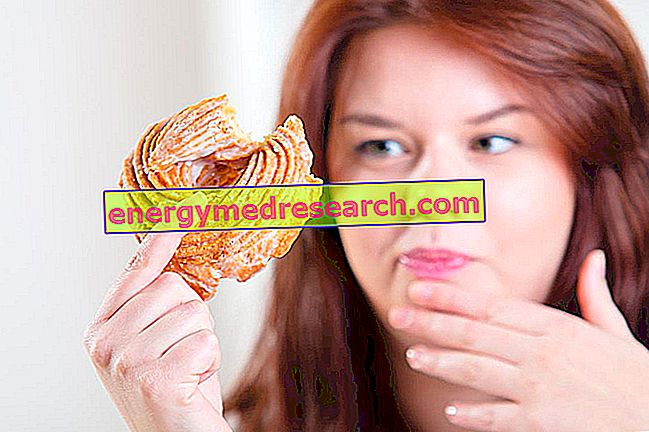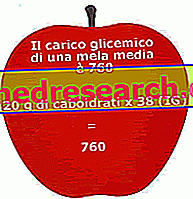
Cherry pits are the inedible portion of cherries.
Although they may look like small amorphous spheres, they represent the reproductive medium of the cherry tree.
Cherry pits are composed of several layers: the outer woody portion is called endocarp, which botanically is not classified as an element of the seed, but rather as the innermost layer of the pericarp (fleshy portion); proceeding towards the center, one encounters the so-called almond, that is the actual seed. This is structured as an embryo covered by an integument and within which the endosperm is hidden.
As anticipated, the cherry pits are not edible. This does not depend on the outer shell that surrounds them (woody), which could easily be crushed similarly to a hazelnut, rather than the chemical profile of the almond. In fact, this is characterized by the remarkable content of amygdalin ( cyanogenetic glucoside ) rather similar to that of the so-called bitter almond (fruit of the tree belonging to the genus Prunus, Species amigdalus and bitter variety).
The molecule in question, when hydrolyzed by the enzyme emulsin (in the human body this happens thanks to the intestinal bacterial flora), frees the so-called cyanidric acid, which is a harmful substance because it is poisonous.
To be honest, cherry pits and bitter almonds are not the only seeds containing amygdalin, we also mention: peach kernel, apricot kernel and plum kernel.
So what can cherry pits serve?
Some companies that deal with localized therapy towards muscles, tendons and joints have discovered that cherry pits are able to restore heat in a particularly beneficial and therefore therapeutic way. Inserted in a lining, they stuff cushions that can be heated in the microwave.
At the moment they don't seem to have any noteworthy contraindications, although they are framed and sold as medical devices.



